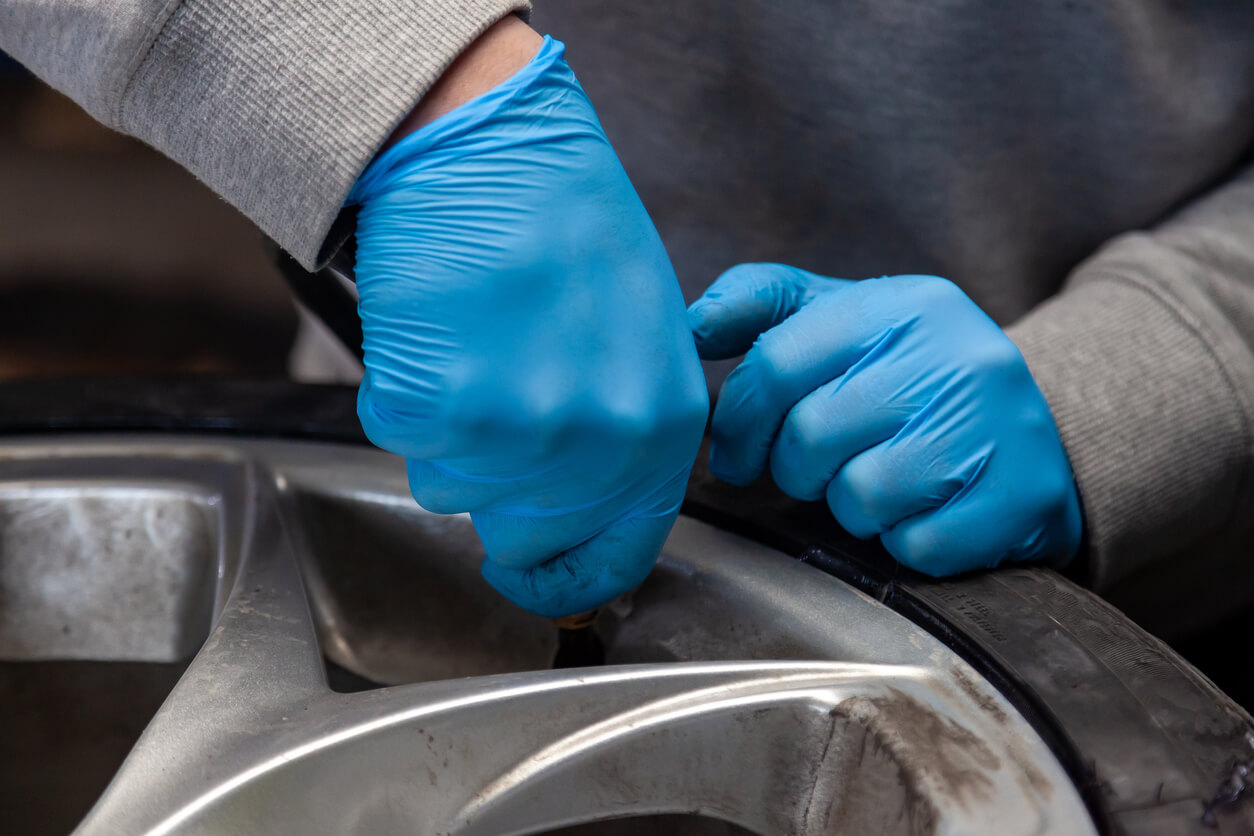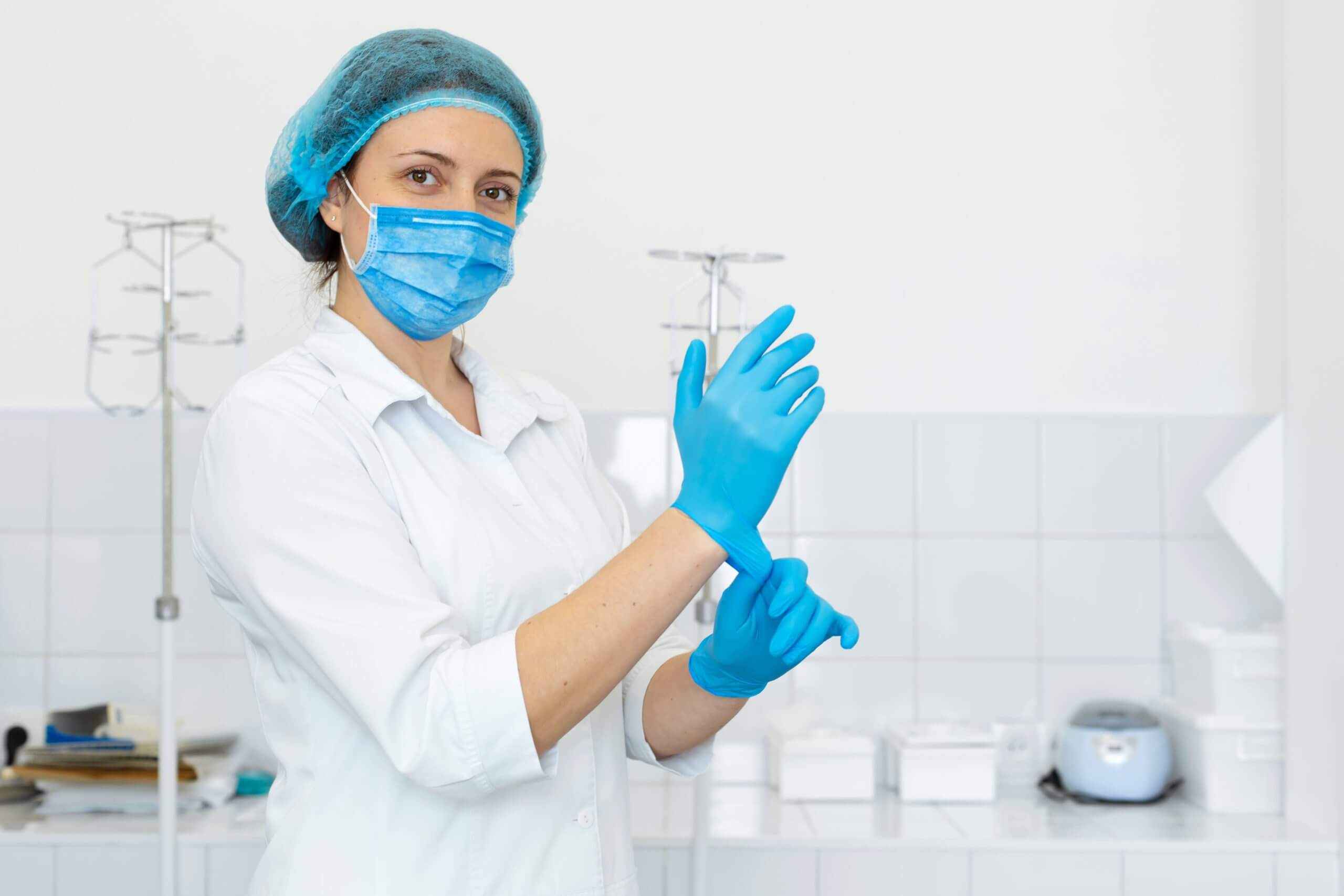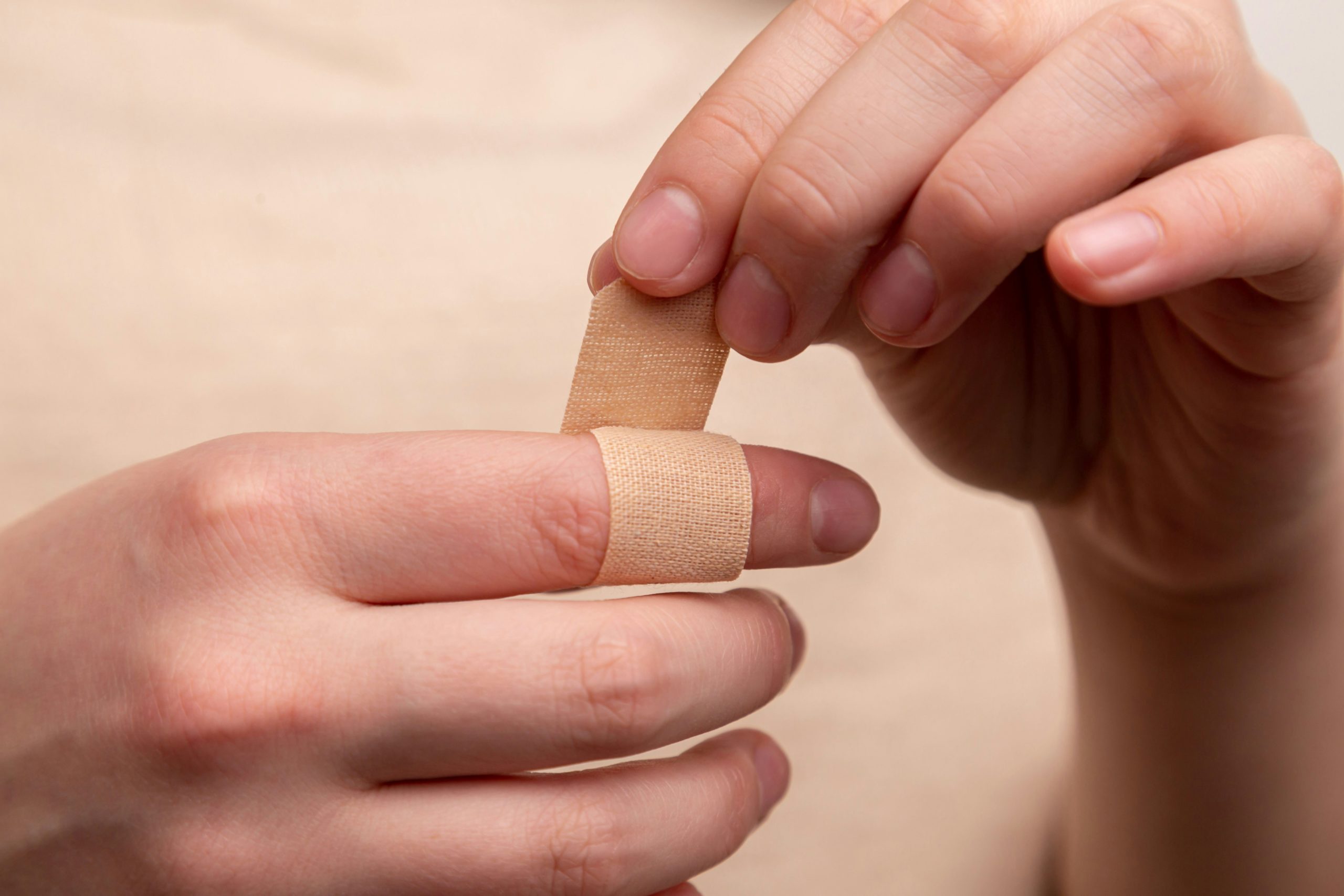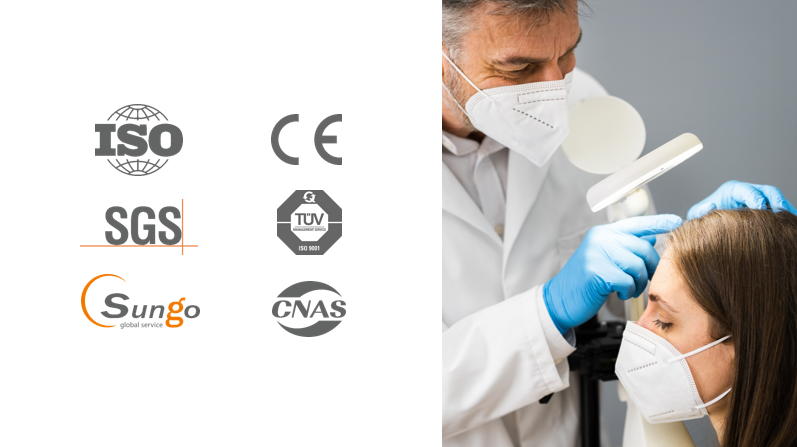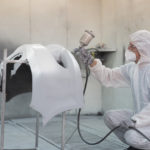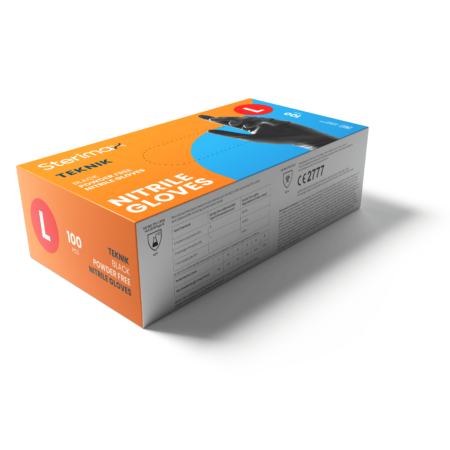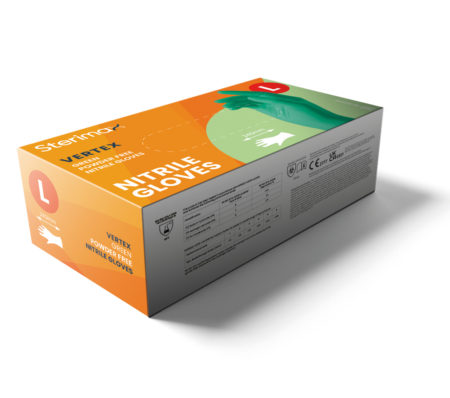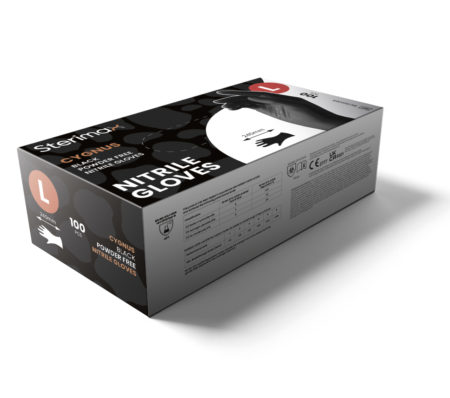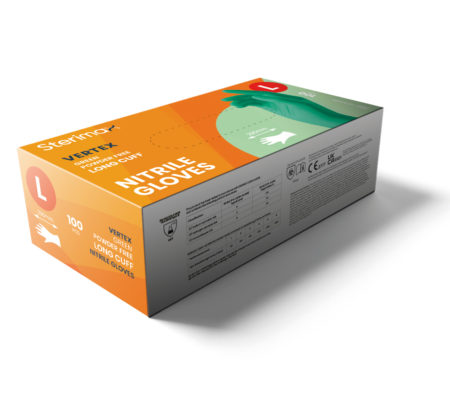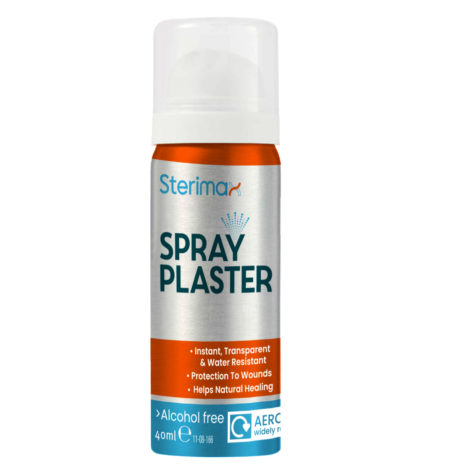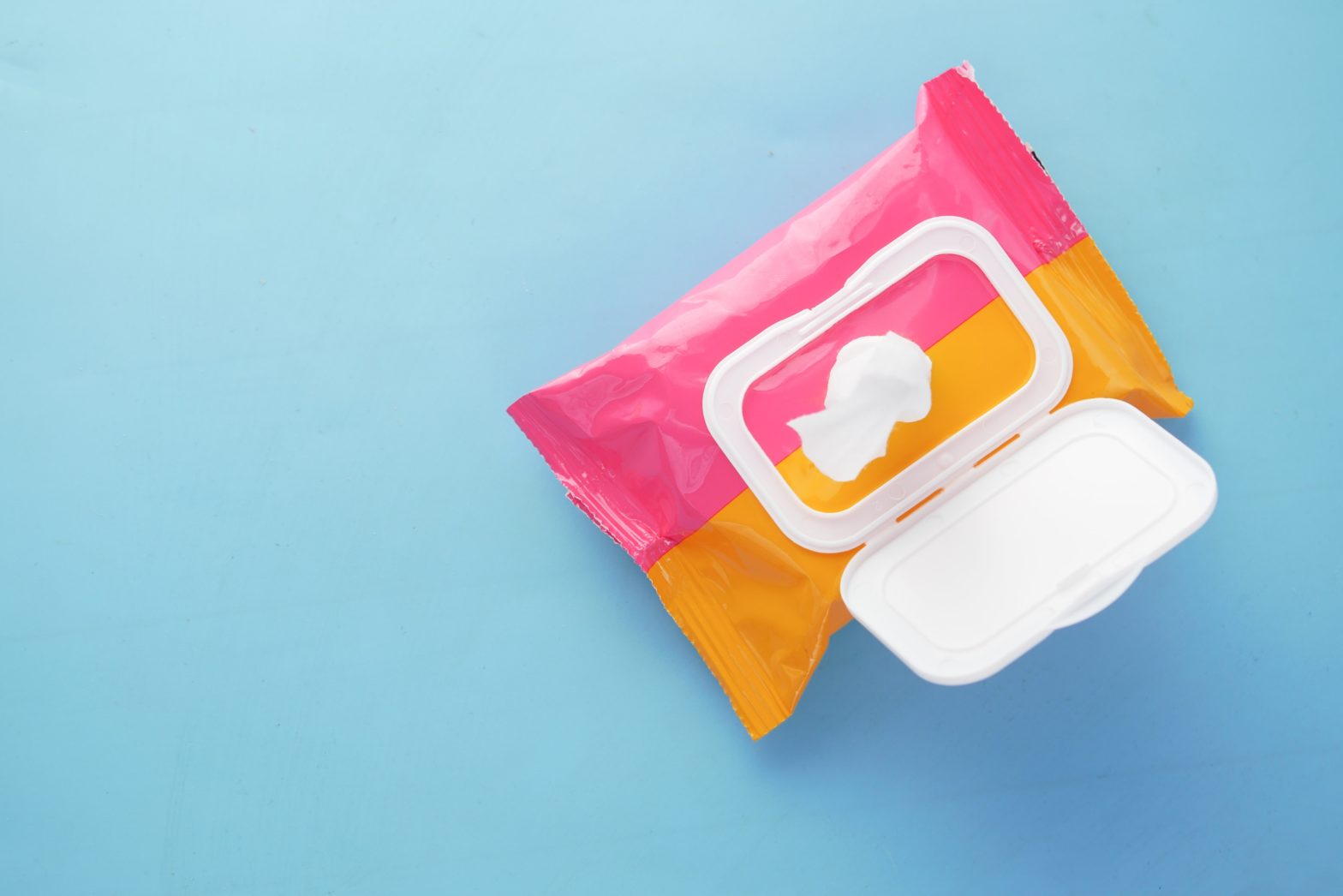The world of wet wipes is more interesting than you think, with so many types and potential use cases. We use wet wipes for personal hygiene and cleaning purposes, with the chemicals and moisture content of the wipes determining what they are suitable for.
Wet wipes are great for wiping hands and faces, and the fabric’s durability makes them perfect for cleaning floors and toilets and removing greases, oils and lubricants from tooling.
Simply put, wet wipes are used in thousands of applications.
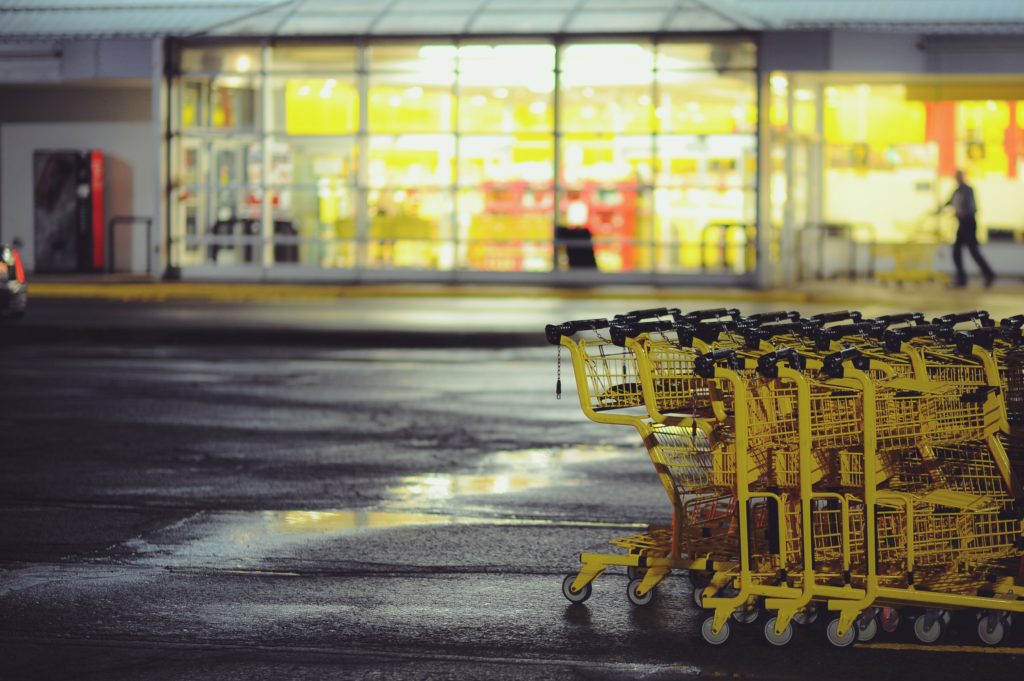
Where to buy wet wipes
Sterimax is the best place to buy industrial and commercial-grade wet wipes. We are a leading UK supplier of Sleepy wipes, and we can source most brands in bulk at short notice – feel free to contact us if you need a reputable supplier.
How to get the best price on wet wipes
- Buy from a trade supplier: Sterimax supplies hygiene products to multinational food, manufacturing, and healthcare companies. We cut out the retailer, saving you around 20% on orders.
- Buy in bulk: With inflation rising, the price of wet wipes and other sanitation products is rising too. Buying in bulk (but within your means of use) will ensure you lock the lowest prices in.
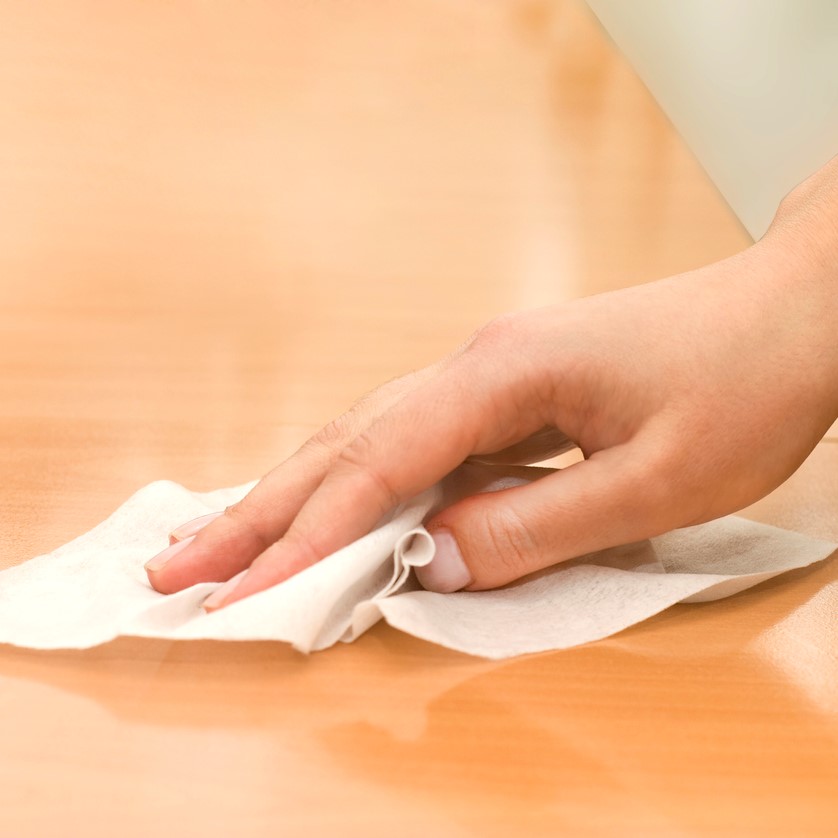
Which wet wipes are best for the face?
Skin cleansing wipes and baby wipes are best for the face. Skin cleansing wipes have a high moisture content with mild chemicals/detergents that break down make-up and grease, while baby wipes have a milder solution.
Sleepy Antibacterial Hand & Face wipes are a good option; they are alcohol and paraben-free, killing 99.99% of germs and bacteria.
If you or your baby has very sensitive skin, you should look at wipes with high water content.
Never use disinfection or cleaning wipes on your face – these contain harsh chemicals and alcohol, which will irritate your face.
How are wet wipes made?
Plastic wet wipes are made from polyester or polypropylene. A roll of fabric runs through a press with a paste containing chemicals, and the roll is then cured to form a long roll. The pressed fabric is then cut into sheets and sorted.
Flushable wipes are made in the same way, but instead of a non-woven fabric, a sheet of cellulose-based pulp is run through the machine. The pulp can be raw (purpose-made) or made by bonding sheets of thin tissue paper together.
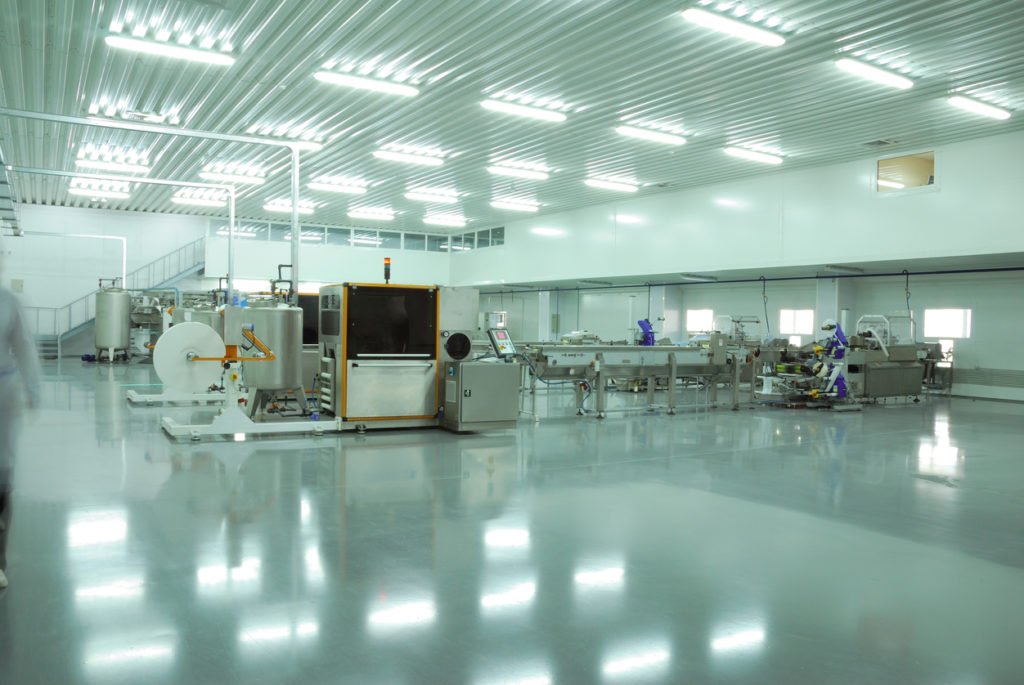
How much alcohol is in wet wipes?
Some wet wipes contain alcohol as a germ-killing ingredient, and the quantity of alcohol depends on the intended application for the wipes.
Some baby wipes contain 1% alcohol to prevent the spread of germs from skin contact, but this quantity is not sufficient to kill 99% of bacteria and viruses.
Wet wipes need to have 60% alcohol content to kill viruses. Antibacterial alcohol hand wipes need to have 75% alcohol and are used in the manufacturing, food processing, sanitation, social care and healthcare sectors.
Are wet wipes flushable?
You should only flush wet wipes with the Fine to Flush logo on the packet. Flushable wet wipes are made from fibrous materials like cellulose from wood pulp which degrades when flushed — these wipes do not make fatbergs.
Wet wipes are made from non-woven textiles (polyester or polypropylene) and are not flushable or recyclable when soiled. These wet wipes make fatbergs and clog sewers, so you should always dispose of them in the trash.
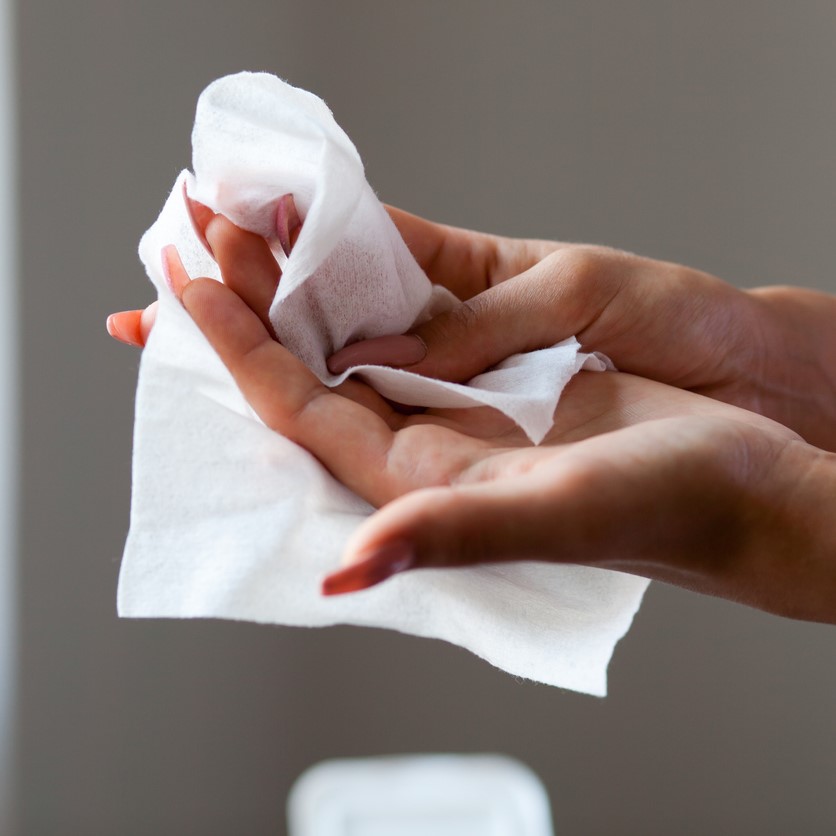
Are wet wipes recyclable?
Flushable wipes break down in the water system like toilet tissue, eventually ending up as compost following anaerobic digestion. In this sense, the material is reused, albeit in a completely different form than before.
Fabric wet wipes do not break down in the water system, and they are also not recyclable, and are disposed of in the general waste.
